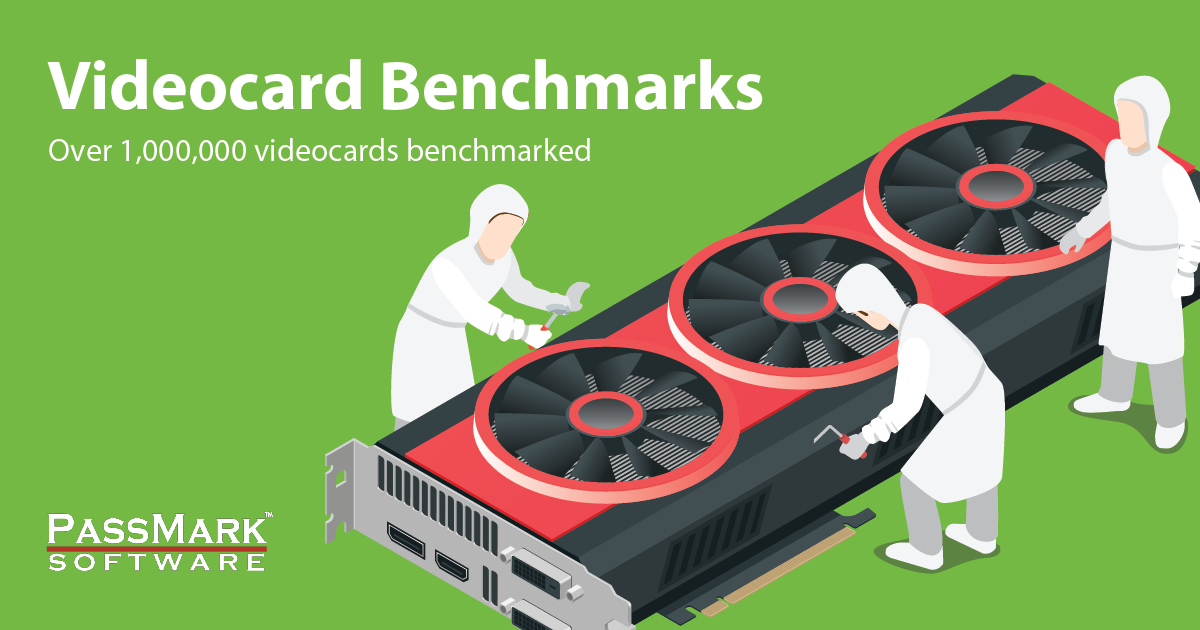
- Nvidia geforce 930m benchmark code#
- Nvidia geforce 930m benchmark Pc#
- Nvidia geforce 930m benchmark series#
Nvidia geforce 930m benchmark series#
In March 2009, several sources reported that Nvidia had quietly launched a new series of GeForce products, namely the GeForce 100 Series, which consists of rebadged 9 Series parts. Prior to the release, no concrete information was known except that the officials claimed the next generation products had close to 1 TFLOPS processing power with the GPU cores still being manufactured in the 65 nm process, and reports about Nvidia downplaying the significance of Direct3D 10.1. The later 9800GTX features a single G92 GPU, 256-bit data bus, and 512 MB of GDDR3 memory. The 9800GX2 utilizes two separate 256-bit memory busses, one for each GPU and its respective 512 MB of memory, which equates to an overall of 1 GB of memory on the card (although the SLI configuration of the chips necessitates mirroring the frame buffer between the two chips, thus effectively halving the memory performance of a 256-bit/512MB configuration). The 9800GX2 uses two G92 GPUs, as used in later 8800 cards, in a dual PCB configuration while still only requiring a single PCI-Express 16x slot. Not even four months older than the initial G92 release, all 9-series designs are simply revisions to existing late 8-series products.

The first product was released on February 21, 2008. Main articles: GeForce 9 series and GeForce 100 series Graphics processor generations Generations timeline 1999
Nvidia geforce 930m benchmark Pc#
Brian Burke, senior PR manager at Nvidia, told Maximum PC in 2002 that "GeForce" originally stood for "Geometry Force" since GeForce 256 was the first GPU for personal computers to calculate the transform-and-lighting geometry, offloading that function from the CPU. There were over 12,000 entries received and 7 winners received a RIVA TNT2 Ultra graphics card as a reward. The company called out to the public to name the successor to the RIVA TNT2 line of graphics boards.


The "GeForce" name originated from a contest held by Nvidia in early 1999 called "Name That Chip". 3.3 Integrated desktop motherboard GPUs.2.12 GeForce 600 series, 700 series and 800M series.
Nvidia geforce 930m benchmark code#
GPGPU is expected to expand GPU functionality beyond the traditional rasterization of 3D graphics, to turn it into a high-performance computing device able to execute arbitrary programming code in the same way a CPU does, but with different strengths (highly parallel execution of straightforward calculations) and weaknesses (worse performance for complex branching code). GeForce GPUs are very dominant in the general-purpose graphics processor unit (GPGPU) market thanks to their proprietary CUDA architecture. With respect to discrete GPUs, found in add-in graphics-boards, Nvidia's GeForce and AMD's Radeon GPUs are the only remaining competitors in the high-end market. Most recently, GeForce technology has been introduced into Nvidia's line of embedded application processors, designed for electronic handhelds and mobile handsets. The first GeForce products were discrete GPUs designed for add-on graphics boards, intended for the high-margin PC gaming market, and later diversification of the product line covered all tiers of the PC graphics market, ranging from cost-sensitive GPUs integrated on motherboards, to mainstream add-in retail boards.

As of the GeForce 30 series, there have been seventeen iterations of the design. GeForce is a brand of graphics processing units (GPUs) designed by Nvidia.


 0 kommentar(er)
0 kommentar(er)
